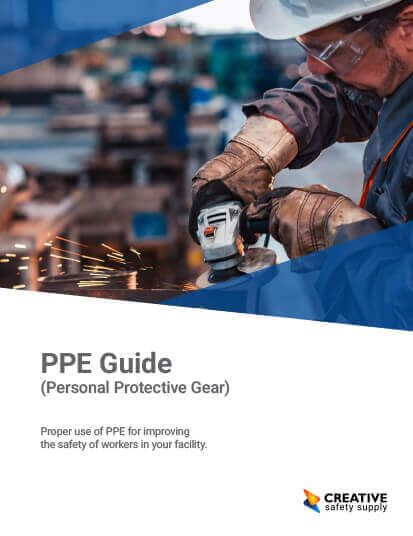
NRR is an acronym that stands for Noise Reduction Rating. Of all the hazards in the workplace, one of the most frequently overlooked is the dangers associated with loud noises. People who work is loud environments are at risk of hearing loss, headaches, increased anxiety, and many other problems. Since it is not possible to eliminate loud noises from most workplaces, personal protection equipment is needed. Hearing protection devices will effectively reduce the exposure to sound. The NRR of a device indicates how much protection is present in a given device.
Measurement for NRR
NRR is measured in decibels. Decibels are the standard way that sound levels are measured. Common examples of decibels start at 40dB, which is the noise level of a quiet office or library. 65-95dB is the amount of noise one would hear from a power lawn mower. 100dB is the level that typical factory machinery will produce. 120dB is a jet plane, ambulance siren, or chainsaw. On the high end are things like handgun fire, fireworks, and even a rocket launching from pad, which come in between 150 and 180dB.
Danger to Hearing
Hearing loss is directly linked to the decibel level that people are exposed to. What many people don’t realize, however, is that constant lower level sound (such as a 100dB factory machine) will cause significant damage even though it doesn’t physically hurt. In addition, sudden rapid elevations in the sound level can also cause damage; an example of this is the crack of a gun.
Reviewing the NRR of Hearing Protection
Whenever using hearing protection devices it is important to review the NRR to ensure it is sufficient. Even with hearing protection, people are vulnerable to hearing damage if it isn’t at the appropriate level. The formula for determining how many decibels of sound are reduced based on the NRR is as follows.
- Take the NRR, subtract 7, and divide by 2
So, if a device has an NRR of 50, you would subtract 7 to get 43 and then divide by 2 to get 21.5. You can then take the decibel level in the area where you are working, and subtract 21.5. This will give you the level of noise that you are now being exposed to. So, in an environment with 100dB of sound, a device with an NRR of 50 would make it the same as if the environment only had 78.5dB, which is much safer.
Similar Questions
- When should ear protection be worn?
- What is hearing protection?
- When is hearing protection required?
- What Types of Hearing Protectors are Available?
- What does PPE stand for?
- What is PPE?
- What PPE is used for working over dangerous equipment and machinery?
- What PPE is commonly used in construction sites?
- What are different types of PPE?
